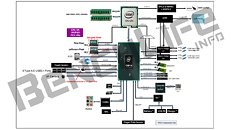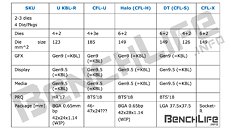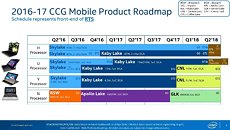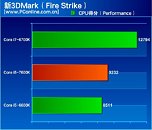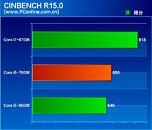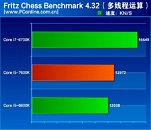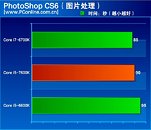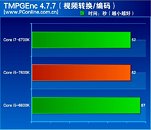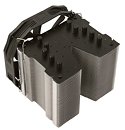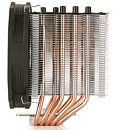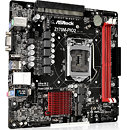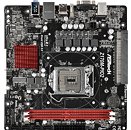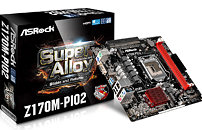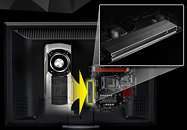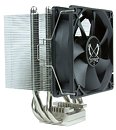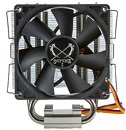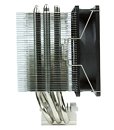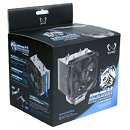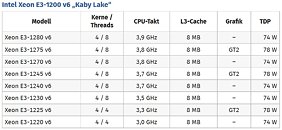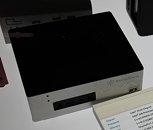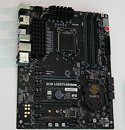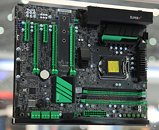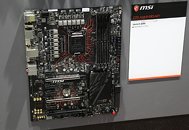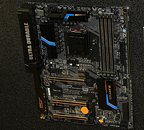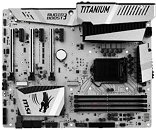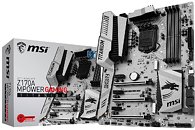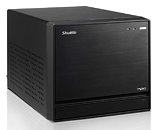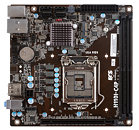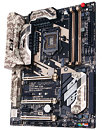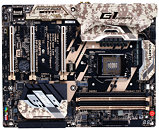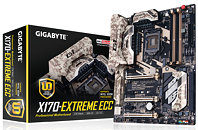
Intel "Coffee Lake" Company's First 6-core Mainstream SKU
Intel's upcoming "Coffee Lake" micro-architecture, or the 9th generation Core processor family by Intel, is scheduled for launch in the second half of 2018. It succeeds the 8th generation "Cannon Lake" family of notebook processors (which likely doesn't see a desktop launch), and the 7th Gen Core "Kaby Lake" socket LGA1151 processors slated for January 2017. While it's not known if mainstream desktop "Coffee Lake" chips will continue to be based on the LGA1151 socket, the possibility is diminishing, looking at a platform layout diagram leaked to the web by Benchlife.info, supported by new connectivity interfaces coming out of the CPU package. The biggest selling-point of "Coffee Lake," is its core-count.
The 9th generation Core "Coffee Lake" family could introduce Intel's first 6-core processor to the mainstream desktop platform. The company's first 6-core client part was launched in its LGA1366 HEDT (high-end desktop) platform with the Core i7 "Gulftown" processor, way back in 2010. An increase in core-count from 4 has eluded the mainstream-desktop lineup. The 6-core "Coffee Lake" silicon will be built on a highly-refined 14 nm node by Intel, with a die-size of 149 mm². Quad-core parts won't be carved out of this silicon by disabling two cores, but rather be built on a smaller 126 mm² die. For reference, the quad-core "Kaby Lake" die is expected to be 123 mm², and the current quad-core "Skylake-D" die measures 122.6 mm².
The 9th generation Core "Coffee Lake" family could introduce Intel's first 6-core processor to the mainstream desktop platform. The company's first 6-core client part was launched in its LGA1366 HEDT (high-end desktop) platform with the Core i7 "Gulftown" processor, way back in 2010. An increase in core-count from 4 has eluded the mainstream-desktop lineup. The 6-core "Coffee Lake" silicon will be built on a highly-refined 14 nm node by Intel, with a die-size of 149 mm². Quad-core parts won't be carved out of this silicon by disabling two cores, but rather be built on a smaller 126 mm² die. For reference, the quad-core "Kaby Lake" die is expected to be 123 mm², and the current quad-core "Skylake-D" die measures 122.6 mm².
